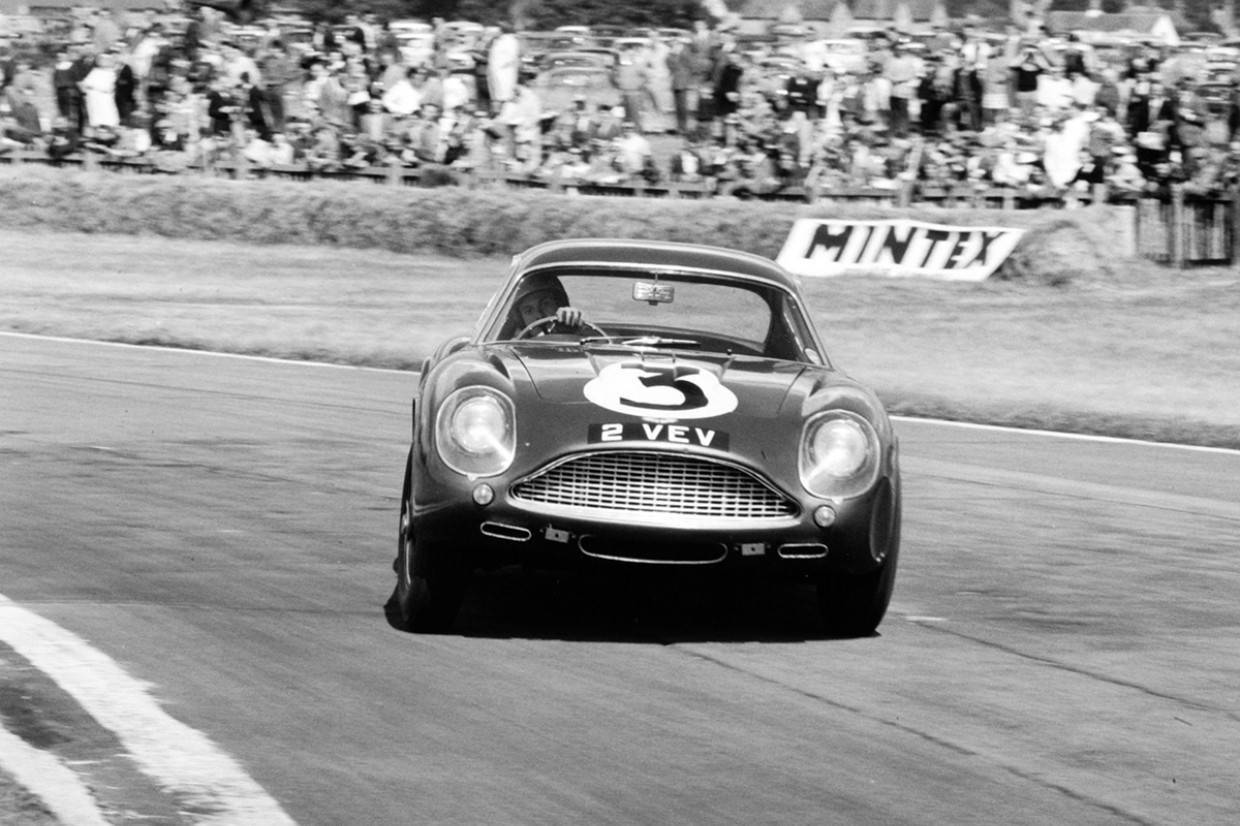
News broke this week that Aston Martin is set to build a limited production run of continuation Lightweight DB4GTs and, rather than get me excited, the announcement left me worried that history may be repeating.
Of course, building replicas of once great cars is nothing new – kit car manufacturers and shed-bound amateur engineers have been doing it for decades – but when mainstream marques get in on the act, it all starts to make me a bit nervous.
Aston Martin was one of the first firms to get in on the act back in the late 1980s. The booming market and sky-high values of the rarest classics, such as the DB4GT Zagato, resulted in a dilemma for those wanting to cash in on the unprecedented demand for a finite resource. The solution, it seemed, was simple: build more cars and differentiate them from other replicas by giving them the rubber stamp of approval from the factory. Enter the Sanction II Zagato, and later, Sanction III.
Around the same time, Alfa Romeo also lent its backing to recreations of its more desirable post-war model, the 33 Stradale, which were expertly built by Giovanni Gioranengo.

Both models immediately preceded the collapse of the market in the early 1990s, when rampant investment overinflated prices to a point that could no longer be supported.


